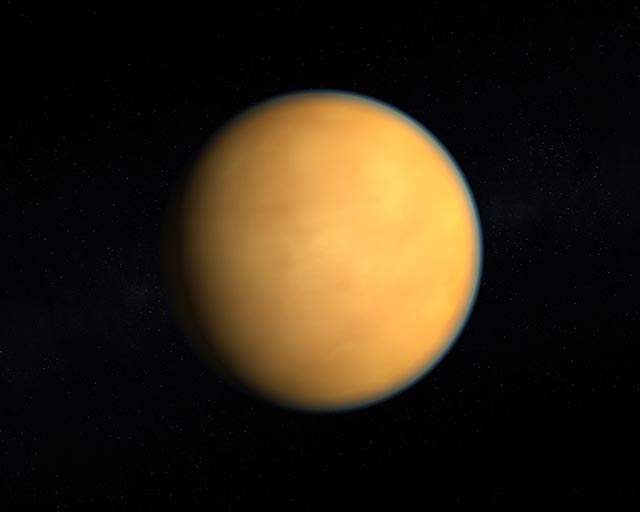First global geologic map of Saturn’s moon Titan reveals an amazing liquid landscape
03/24/2021 / By Virgilio Marin

The National Aeronautics and Space Administration (NASA) has released the first global geological map of Saturn’s biggest moon, Titan. Made using data from NASA’s Cassini mission, the map offers a unique glimpse into the distinct geologic features of Titan.
Rich streams of liquids flow through the Mercury-sized world, revealing a liquid landscape formed through the same geologic process that shaped Earth. Plains, craters, dunes and other terrains also cover the moon’s stunning surface.
Rosaly Lopes, a planetary geologist at NASA’s Jet Propulsion Laboratory, led the making of the map. Lopes and her team detailed their findings in the journal Nature Astronomy.
Titan, a unique moon in the solar system
Titan is unlike any other moon in the solar system. Among the more than 150 known moons in the solar neighborhood, it is the only one that supports a substantial atmosphere and liquid on the surface. It also contains complex organic molecules, which are the building blocks of life. For these reasons, Titan is a great candidate to learn more about what Earth looked like in its infancy.
Lopes and her team developed a map of Titan using data from NASA’s Cassini spacecraft, which orbited Saturn for 13 years and circled Titan more than 120 times from 2004 to the mission’s end in 2017. Through Cassini’s radar, visible and infrared instruments, the researchers were able to probe below the thick, orange clouds of the liquid world and map its unique surface.
The map revealed lakes and flowing liquid at the surface, as well as large geological features. But the liquid that flows there is not water. Instead, hydrocarbons such as methane and ethane make up Titan’s liquid bodies. The tiny world is so cold that these molecules are liquified instead of ending up like gas as they do on Earth. (Related: Space probe records Saturn “singing” to its weirdest moon.)
Nonetheless, Titan shares a lot of similarities with Earth.
“Despite the different materials, temperatures and gravity fields between Earth and Titan, many surface features are similar between the two worlds and can be interpreted as being products of the same geologic processes,” said Lopes.
“The map shows that the different geologic terrains have a clear distribution with latitude, globally, and that some terrains cover far more area than others,” Lopes continued.
David Williams, a geologist at Arizona State University who worked on the map, added that Titan’s hydrocarbons “rain down on the surface, flow in streams and rivers, accumulate in lakes and seas, and evaporate into the atmosphere.”
“It’s quite an astounding world,” Williams said.
Titan’s largest lake is over 1,000 feet deep
Recent research has shown that Titan’s largest lake, Kraken Mare, is more than 1,000 feet deep, which is roughly the height of the Chrysler Building in New York City.
The data also indicated that the enormous lake contains a mix of methane and ethane, which differed from past models suggesting that the lake is made more of ethane due to its size and position far from the moon’s poles.
Research into Kraken Mare is important because it makes up 80 percent of Titan’s surface liquids. The lake’s depth and composition could help scientists understand the moon’s precipitation cycle.
Space.news has more about amazing discoveries in space.
Sources include:
Tagged Under: breakthrough, Cassini, cosmic, discoveries, Kraken Mare, Moon, NASA, research, saturn, solar system, Space, space exploration, Titan
RECENT NEWS & ARTICLES
Cosmic.News is a fact-based public education website published by Cosmic News Features, LLC.
All content copyright © 2018 by Cosmic News Features, LLC.
Contact Us with Tips or Corrections
All trademarks, registered trademarks and servicemarks mentioned on this site are the property of their respective owners.





















